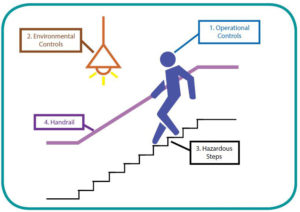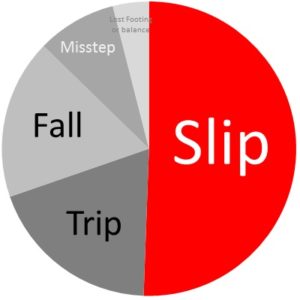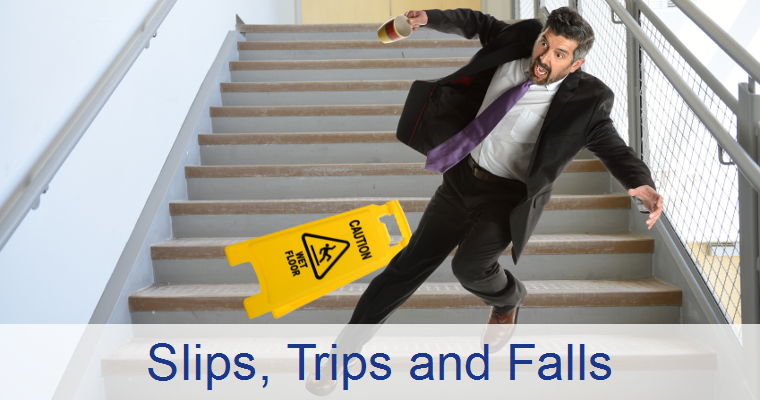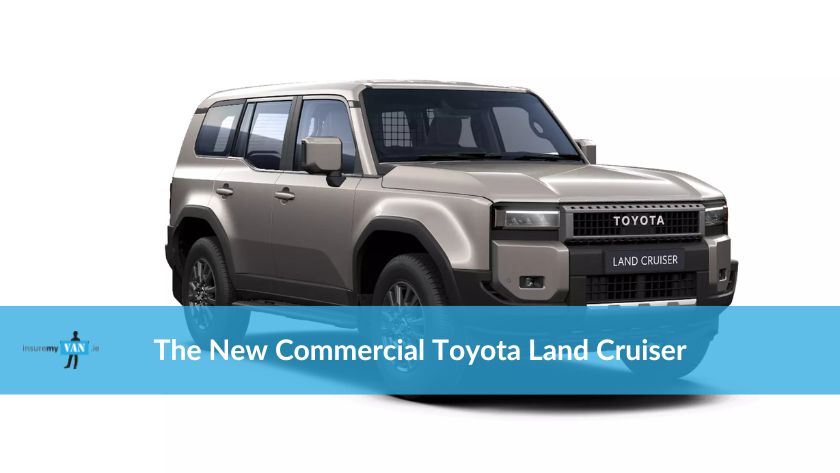Friday, 8 December 2017
Preventing Slips, Trips And Falls
Slips, trips and falls (STF) account for the second largest amount of workplace injuries, both fatal and non-fatal. STF incidents cause an average of six injuri...
Stairs/Steps
 Stairs and steps can be the most dangerous areas of any business. They can fall into disrepair unbeknownst to management and also be affected by a number of external factors. Four interdependent key elements are at play in terms of preventing incidents.
Stairs and steps can be the most dangerous areas of any business. They can fall into disrepair unbeknownst to management and also be affected by a number of external factors. Four interdependent key elements are at play in terms of preventing incidents.
- Operational controls: Use rules and policies to prevent accidents. For example, best practices for for employees especially if they are carrying anything up and down stairs and prohibiting hazardous activities.
- Environmental controls: Remove distractions such as posters. Provide adequate lighting above and below steps if in a dimly lit area.
- Hazardous steps: Try and maintain the quality of steps as much as possible. Eliminate or control slippery, short or irregular steps.
- Handrails: Provide properly sited, contrasting handrails that allow a supportive powerful grip.
Slippery Surfaces
 Slips consist of almost half all STF accidents. Generally people will often fall on a flat, even surface when said surface has been wet or contaminated usually with a liquid of some sort. Identification is one of the key areas of making sure that slippery surfaces don't become too much of a hazard.
You should identify what areas will be most likely to suffer contamination with external substances. Preventative measures can then be taken; putting down floor mats, or installing non stick surfaces where possible. Place measures in place to minimize the amount of spills or leakage, anything that may result in a surface becoming slippery. Communicate these risks with proper indicative signage and posters.
Slips consist of almost half all STF accidents. Generally people will often fall on a flat, even surface when said surface has been wet or contaminated usually with a liquid of some sort. Identification is one of the key areas of making sure that slippery surfaces don't become too much of a hazard.
You should identify what areas will be most likely to suffer contamination with external substances. Preventative measures can then be taken; putting down floor mats, or installing non stick surfaces where possible. Place measures in place to minimize the amount of spills or leakage, anything that may result in a surface becoming slippery. Communicate these risks with proper indicative signage and posters.
Vehicles
Alighting from vehicles is one of the most prevalent causes of trips in the transport industry. Lorry drivers and van drivers can both fall victim to a litany of injuries when exiting vehicles. There are three key preventative measures to enforce.- Exercise care when getting in and out of your vehicle.
- Keep vehicle steps well maintained and free from contamination where applicable.
- Wear comfortable and slip resistant footwear.
Icy Conditions & Other Bad Weather
Cold, icy conditions can more than double the number of slips, trips and falls with December and January being extremely high risk periods. The HSA have developed the 'WALCS' system in order for icy high risk periods.- Weather: Monitor weather conditions using resources such as "snow or ice" and Low weather" warnings.
- Activities: Take excessive care if working in icy conditions, ensure you are wearing the correct footwear and be aware of driving advice issued by authorities.
- Locations: Consider high risk locations such as third party premises, external car parks and entrances.
- Communication: Ensure a two way hazard communication system is in place.
- Sample dynamic risk assessments: Continually assess the working conditions and activities and ensure that your control measures are appropriate.
Entrances & Exits
This can be particularly prevalent for customer facing businesses. During periods of bad weather entrances and exits can become extremely hazardous in a quick period of time especially if a high volume of people are walking through. Being vigilant is key for safety processes in these instances. Footprints in doorways can indicate high slip risk areas when the weather is bad. The easiest way to rectify this would be ensuring that the inside and outside of doorways are as slip resistant as possible. You should always ensure that you cover yourself in the eyes of the law against STF incidents, or else the fiscal integrity of your business may come under threat. The safety, health and welfare at work act states that all organisations must have;- Safe access.
- Safe systems of work.
- Adequate training.
- Risk assessment.
- Safety statements.











